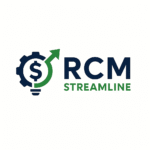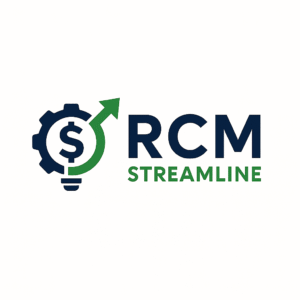Mastering the Art of Appealing Claim Denials in 2025
A modern guide to turning denials into dollars with proven appeal strategies and documentation techniques that get claims paid.
Introduction:
Claim denials remain one of the most persistent revenue obstacles in healthcare. But in 2025, organizations that master the appeals process are recovering millions in lost revenue. This guide will walk you through the most effective ways to appeal denials—with actionable tactics you can implement immediately.

1. Know Your Denial Types
Before you can appeal effectively, you need to know exactly what you’re dealing with. Common denial types include:
Eligibility issues
Authorization missing/invalid
Medical necessity denials
Bundling/edit issues
Coding errors

2. Gather Strong Documentation
Documentation is the foundation of any appeal. Make sure you include:
Signed physician orders
Medical records showing medical necessity
Timely filing proof (e.g., claim submission logs)
Screenshots from portals when needed
Pro Tip: Add a cover letter summarizing your rationale in plain terms.
3. Understand Payer-Specific Guidelines
Each payer has unique timelines, forms, and appeal pathways.
Medicare = 120-day window
UHC = Online portal for level 1 appeals
Aetna = Faxed formal letter with supporting docs
Create a payer matrix that includes submission methods and appeal deadlines.
4. Create Appeal Templates
Standardize your letters by denial type. Have prebuilt templates ready for:
Authorization denials
Medical necessity
Timely filing
Coding disputes
Update templates regularly to reflect payer feedback.
5. Build a Central Appeal Tracker
Use tools like Airtable, Excel, or a cloud RCM platform to track:
Date of denial
Denial reason
Submission date
Status (pending, escalated, overturned)
Outcome and recovery amount
This improves visibility and holds teams accountable.
6. Automate Low-Hanging Appeals
Use RPA or EHR integrations to auto-appeal common denials (like missing ref numbers). Start with top 5 recurring denial types.
7. Train Staff on Escalation Tactics
Escalate effectively by knowing when to:
Call for a peer-to-peer review
File a level 2 appeal
Involve the provider rep
Give your team scripts and timeframes.
8. Track Appeal Success Rates
Benchmark by payer and denial type:
UHC Auth denials: 67% overturned
Medicare timely filing: 12% success
Use this data to improve or drop appeal efforts that aren’t worth it.
Conclusion:
Mastering appeals isn’t just about resubmitting claims. It’s about building a workflow that tracks, escalates, and prevents future denials. In 2025, this is no longer optional—it’s essential to your RCM health.
Need help with denied claims and recovering A/R? We offer a Denial Recovery & Appeals service

